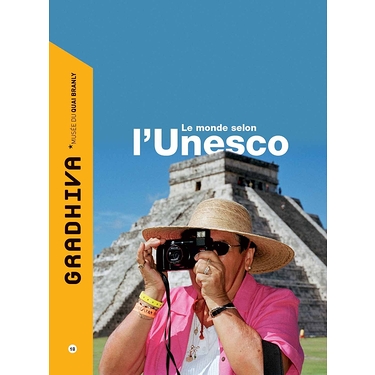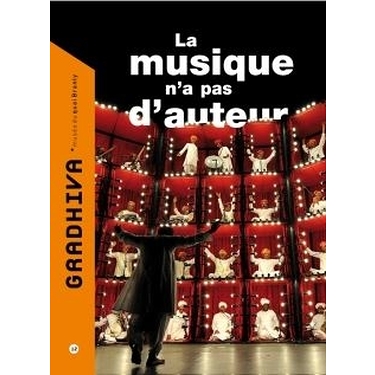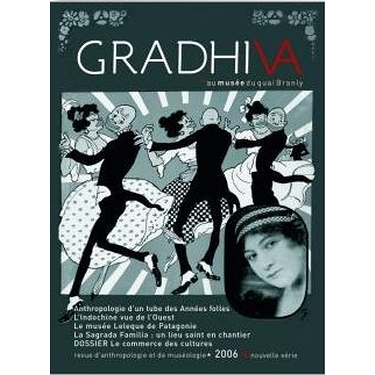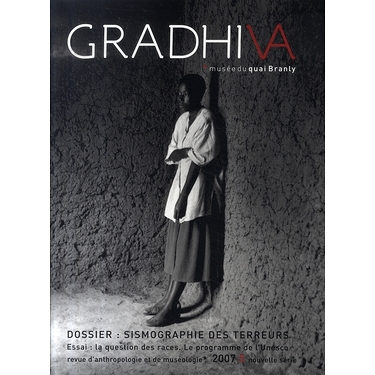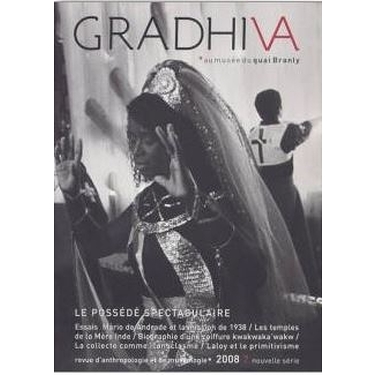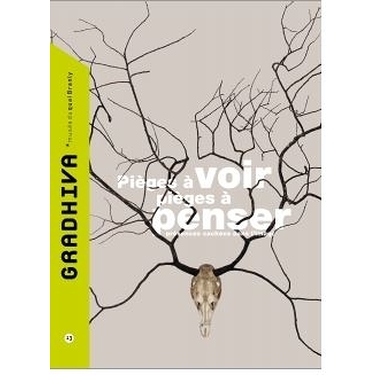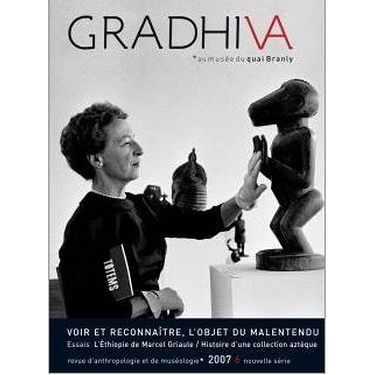Description
Do the songs whose Texan prisoners punctuate their work gestures have something to do with the fluid gesture of the luthier cutting a violin, that of the scarifier Bwaba chiseling the flesh or that of the Homo erectus carving a biface?
Tightening the old question of the relationship between the beautiful, the useful and the necessary, this file chooses to privilege that of the aesthetics of the technical gesture. In what way can such a gesture be considered beautiful, and does this beauty stem from tangible characteristics - regularity, rhythmicity, economy ... - or more impalpable traits? The question is considered here from the distinction made by Hannah Arendt between work and work.
The work - all the repetitive tasks required by daily survival - is sometimes sublimated by songs or choreographies that embellish the work and alleviate its arduousness. While the development of a work - that is to say, the creation of an object that will add durably to the world - can be aestheticized by a highly controlled technical gesture. From Boas to Leroi-Gourhan, authors have linked the aesthetic value of an object to the perfection of its technical realization but the contributors of this file, which extends from prehistory to the twenty-first century, and from Europe to Africa, show that the technical gesture is an integral part of the social game in which it is inserted and that its beauty is not reduced to the control of formal rules.
Characteristics
- Number of pages
- 232
- Categories
- Bookshop & Media, Quai Branly's Editions, Reviews



